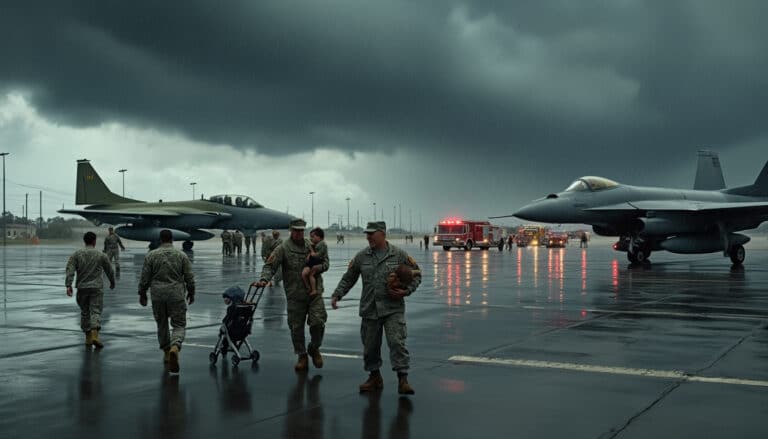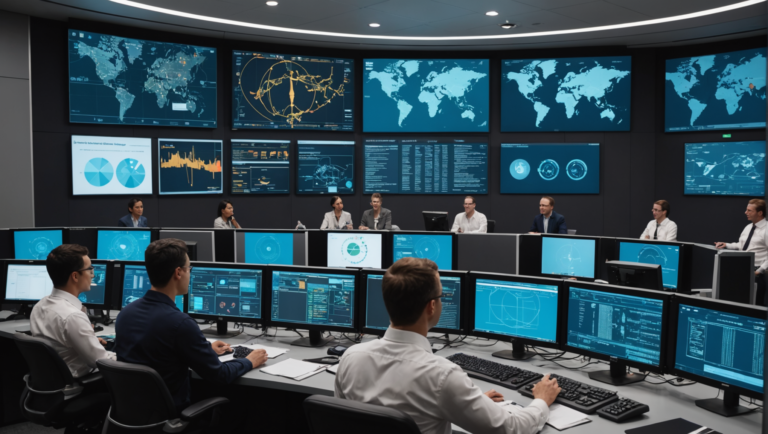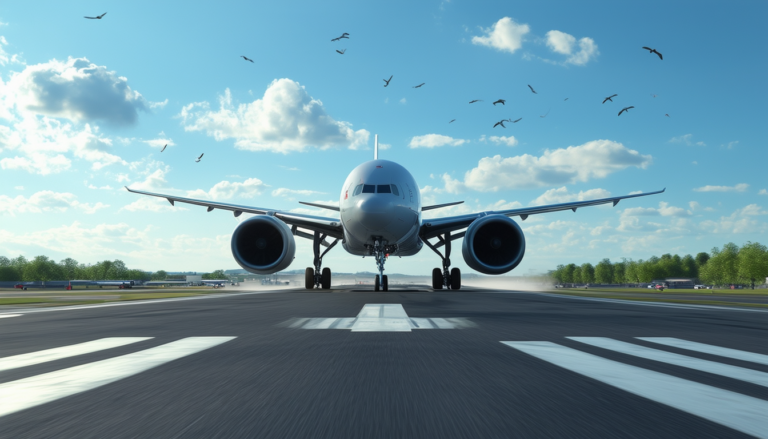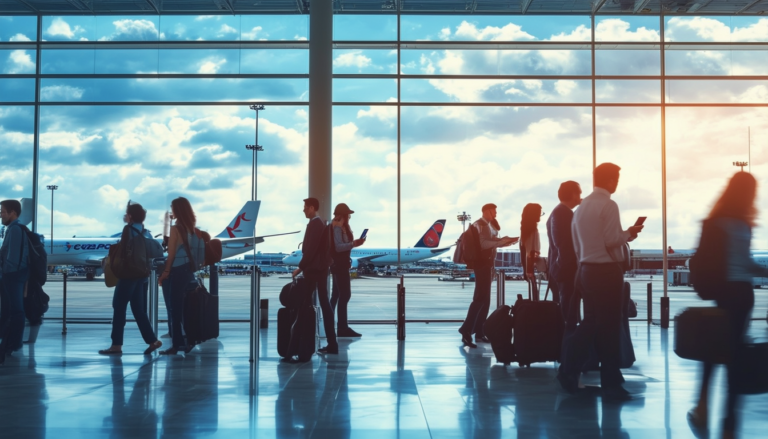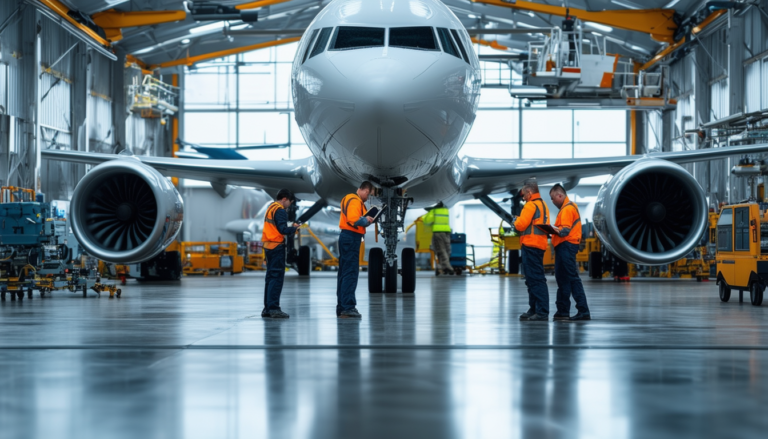Aviation safety, a crucial issue for modern aviation, is undergoing a radical transformation thanks to technological advances. From sophisticated detection systems to real-time data analytics, technology plays a key role in identifying and mitigating risks. The integration of artificial intelligence and drones into security operations illustrates a significant evolution, making it possible not only to prevent threats, but also to optimize existing security protocols. As the skies become busier and busier, understanding how these innovations strengthen flight safety is essential to grasp the challenges of tomorrow.
Table des matières
ToggleTechnological innovations in aviation safety
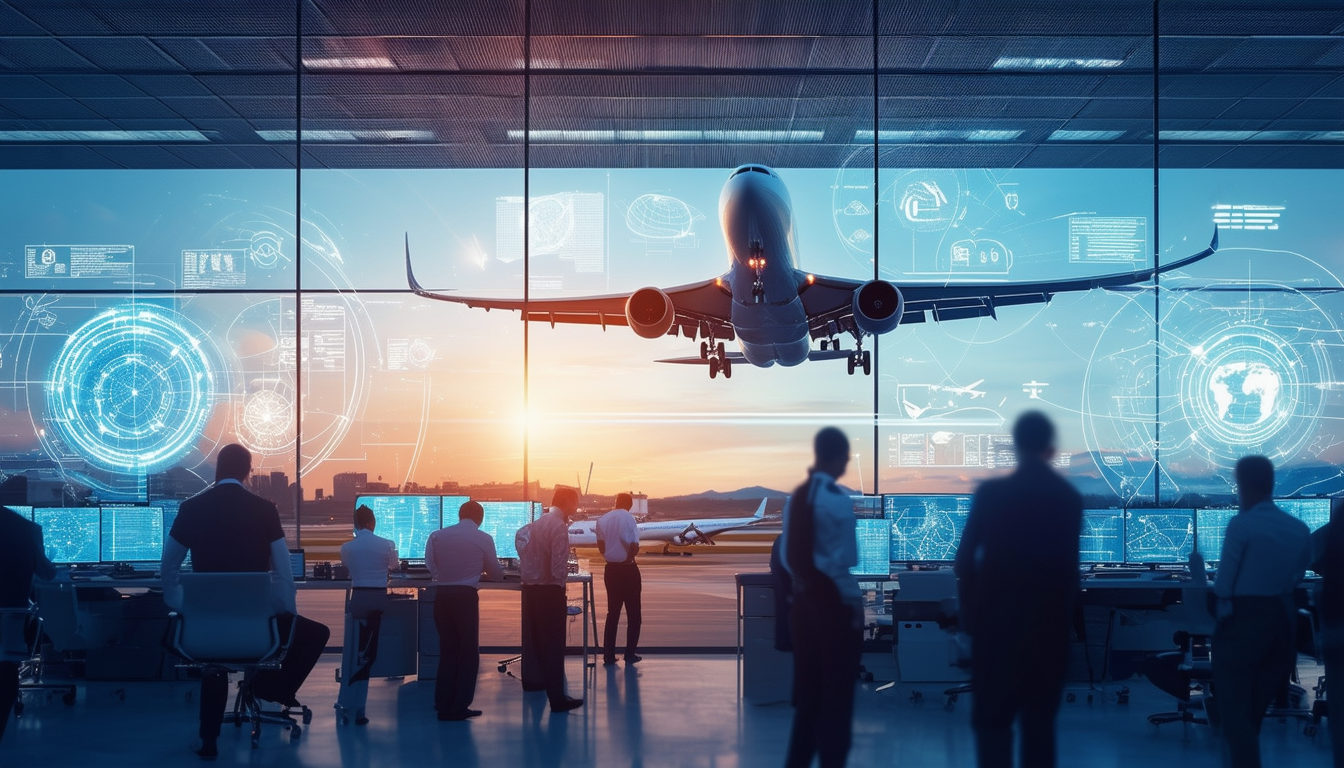
There aviation security has experienced an upheaval thanks to the integration of technological innovations. These new solutions make it possible to optimize risk prevention and improve responsiveness in the event of an incident.
Among the notable advances, the use of systems of advanced monitoring is crucial. Devices such as surveillance drone and the automatic detection systems can monitor and analyze the air environment in real time, providing authorities with valuable information for flight management.
Another essential aspect is the cybersecurity. With increasing threats from cyberattacks, IT systems on aircraft and airport infrastructure need to be strengthened. Businesses are investing in data protection and security technologies encryption to ensure that sensitive information remains safe from intrusion.
Progress in pilot training are also remarkable. Flight simulators incorporating crisis scenarios allow pilots to train to deal with various emergency situations without real risk. This builds their preparation and confidence.
In addition, the early warning systems in extreme weather conditions, powered by artificial intelligence, provide pilots with crucial data to make informed decisions on their flight routes. This technology minimizes the risks associated with turbulence and other unforeseen events.
Innovations in aircraft materials and structures also help to improve security. Today’s aircraft use lighter and stronger materials, allowing for better management of in-flight loads and a reduction in the risk of failure.
Finally, thesystem interoperability within aircraft and between the different players in civil aviation plays a key role. The implementation of common standards allows rapid and reliable exchange of information, crucial for real-time reaction during incidents.
Advanced monitoring systems
Aviation safety has always been a priority for those in the aerospace sector. Today, technological innovations play a crucial role in improving security protocols, helping to reduce risks and optimize operations.
Among these innovations, advanced monitoring systems stand out for their ability to provide real-time data on aircraft and surrounding environments. These systems integrate several cutting-edge technologies, such as:
- Synthetic Aperture Radar (SAR): providing detailed vision of ground targets, ideal for detecting potential threats.
- Automatic identification systems (ADS-B): enabling precise tracking of aircraft over considerable distances.
- Infrared Imaging Technologies : for detection at night and in difficult weather conditions.
These systems collect and analyze various data, ensuring a rapid response in the event of an abnormal situation. In addition, the integration of artificial intelligence into these devices makes it possible to anticipate threats before they materialize.
The use of drones for infrastructure monitoring has also been strengthened. These devices are equipped with sophisticated sensors and can carry out regular patrols, allowing early detection of security breaches.
Finally, the interconnection of these systems with flight operations management platforms promotes fluid communication between the different security stakeholders, whether air traffic controllers, security agencies or airport operators. .
Artificial Intelligence and Data Analytics
Aviation safety is constantly evolving thanks to technological innovations which are transforming the methods of control and surveillance in this sector. Among these innovations, artificial intelligence (AI) and data analysis are emerging as essential tools for anticipating and managing risks.
The use of AI in aviation security makes it possible to detect anomalies using advanced algorithms. AI systems analyze massive data from sensors, surveillance cameras and other devices, making it easier to identify possible threats. These technologies can also predict critical situations in real time, providing security teams with greater responsiveness.
At the same time, data analysis is an essential complement to AI. It helps collect and structure information from various sources:
- Flight history
- Weather data
- Passenger behavior
By cross-checking this information, it is possible to establish security profiles and anticipate potential difficulties. This also helps strengthen the security protocols ensuring staff are informed and trained to respond effectively.
Another application of AI is in the field of drones used for airport surveillance. Equipped with high-definition cameras and analysis tools, these drones carry out surveillance missions: they can detect suspicious activities on the ground and report to the relevant authorities, thus improving the overall security of flight operations.
Aviation safety technologies continue to develop and evolve, and it is crucial for industry professionals to stay informed of technological deviations and advances. Adopting AI and robust data analytics is not only an opportunity to improve flight safety, but also to strengthen public confidence in air transport.
Challenges associated with aviation technology
Technology offers unprecedented opportunities to improve safety and the aviation security. However, it also brings its share of challenges. The integration of new technologies, while guaranteeing the safety of operations, represents a crucial issue for the aeronautics industry.
Modern navigation systems, such as GPS and the monitoring of flight phases, are essential to ensure the precision of journeys. However, reliance on these technologies raises questions regarding resilience to failures or cyberattacks.
One of the main challenges lies in the pilot training and flight crews. With the emergence of new technologies, it is imperative that training is continually updated to effectively integrate innovations. Practical exercises and simulations can help prepare teams to deal with complex scenarios.
Constantly changing regulations are also an obstacle for businesses. The standards of global security must be integrated effectively into existing systems. This requires constant dialogue between regulatory authorities and industry players to ensure that the technologies deployed comply with current security standards.
Finally, the deployment of advanced technologies, such as drones for military or civil protection missions, requires innovative approaches to guarantee their interoperability with traditional aerial systems. This includes the development of robust and secure software and communications protocols.
To succeed in this dynamic context, it is essential to establish a framework of collaboration between security experts and aviation professionals. Discussion forums, specialized publications and webinars can encourage an exchange of ideas and best practices. By adopting these measures, the aviation industry can successfully navigate through the challenges posed by technological innovation.
Cyber security in the aviation sector
Technology is having a huge impact on aviation safety, but it is also creating new challenges. In a context where threats are evolving, it is essential to focus on the critical aspects that affect cyber security in the airline sector.
The navigation, communications and flight control systems of modern aircraft increasingly rely on complex software. This makes them vulnerable to malicious attacks. Cybercriminals seek to exploit these vulnerabilities to access sensitive data or disrupt airline operations.
The main challenges in terms of cyber security in aviation include:
- Data protection : Passenger and operational information must be secure against leaks and theft.
- Systems integrity : Ensure that flight control software is not tampered with by malicious actors.
- Continuing education : Operators and ground staff must be trained regularly on threats and best practices.
- International collaboration : Establish common security protocols between countries to strengthen security aviation security.
Technological innovations, such as the use of artificial intelligence and advanced control panels, also represent a double-edged sword. Although they improve the efficiency and monitoring of aircraft performance, they raise questions relating to the safety information and risk management.
Implementation of solutions cyber security robust is therefore essential. This involves the adoption of new technologies, the implementation of strict security protocols, and attack simulations to test the resilience of existing systems.
At the same time, airlines and equipment manufacturers must work together to anticipate new threats, adapting their systems based on technological developments and aircraft safety videos. The result is a proactive approach, essential to ensuring the safety and the security in an increasingly complex air environment.
Integration of new technologies into existing regulations
The technological revolution in the aeronautics sector is leading to significant challenges in terms of security. Innovations, whether software or hardware, require a rigorous approach to ensure their secure integration in existing systems. This process includes an in-depth analysis of the impacts on flight operations and on this delicate issue of flight safety.
One of the main issues lies in theintegration of new technologies in existing regulations. As innovations such as autonomous drones and advanced flight management systems become increasingly common, authorities must work to develop standards that ensure safety while enabling innovation. This complex task involves several aspects:
- Risk assessment : Each new technology must be carefully evaluated to identify the potential risks it could create.
- Collaboration between actors : Manufacturers, regulators and airlines must work together to establish safety standards adequate.
- Operator training : With the introduction of new systems, it is imperative that pilots and ground personnel are properly trained to use these technologies safely.
- Monitoring and updating : Once integrated, these technologies must be subject to continuous monitoring and regulatory adjustments in response to evolving risks.
Finally, the implementation of new technologies also requires particular attention to cybersecurity. Modern systems are increasingly connected, and vulnerabilities could be exploited by malicious actors. The development of robust cybersecurity measures is essential to ensure the security of the entire aviation ecosystem.
These challenges combine technical and human aspects, and their resolution requires commitment from all stakeholders. By approaching these subjects with rigor and seriousness, the aviation sector will be able to benefit from technological advances while maintaining the highest standards of aviation security.



















